Disclosure: This article contains affiliate links. We may earn a commission from purchases at no extra cost to you, which helps our travel content.
The moment my feet touched Pohnpei's rich volcanic soil, I felt that familiar pull—the same magnetic connection I experience in places where ancient wisdom still breathes through daily life. After years of emergency medicine, I've developed a sixth sense for healing spaces, and Palikir, the humble capital of Micronesia's Federated States, called to me with its whispered promises of traditional knowledge and sacred connections. As someone whose life was forever changed when Mi'kmaq plant medicine saved a patient during a mountain rescue, I've dedicated my travels to understanding how indigenous wisdom continues to heal in our modern world. This remote Pacific island nation—a place where ancient navigation techniques guided ancestors across vast oceans and where community healing practices have survived centuries of colonization—offered exactly the immersive experience my soul needed after a particularly grueling winter shift schedule in Philadelphia's emergency services.
The Sacred Geometry of Nan Madol
My journey began where many travelers to Pohnpei are inevitably drawn—the mysterious basalt ruins of Nan Madol, just a short journey from Palikir. As an EMT who's witnessed how physical spaces affect healing, I was immediately struck by the intentional design of these 12th-century structures. The 92 artificial islets create channels that regulate water flow with mathematical precision, forming what locals call 'the Venice of the Pacific.'
But this isn't just architectural brilliance—it's sacred geometry manifested in stone. My guide, Kerauo, explained how the positioning of each massive basalt log (some weighing up to 50 tons) aligns with celestial movements and creates energy vortexes believed to facilitate healing. As someone who's studied how hospital layouts impact patient outcomes, I couldn't help but see parallels between modern wellness design and these ancient structures.
'The stones remember,' Kerauo told me as we stood in the central tomb area, where high priests once conducted healing ceremonies. 'They hold the memory of our ancestors' hands.'
I placed my palm against the cool, damp basalt, closing my eyes to feel what my medical training couldn't explain—that ineffable sense of connection that transcends time. The same feeling I had when my Mi'kmaq grandmother first taught me to identify healing plants in Nova Scotia's forests.
Navigating the channels between islets requires steady footing and respect for the sometimes slippery conditions. I was grateful for my waterproof hiking sandals which provided crucial grip on the ancient stones while allowing quick drainage during our water crossings between the islets.
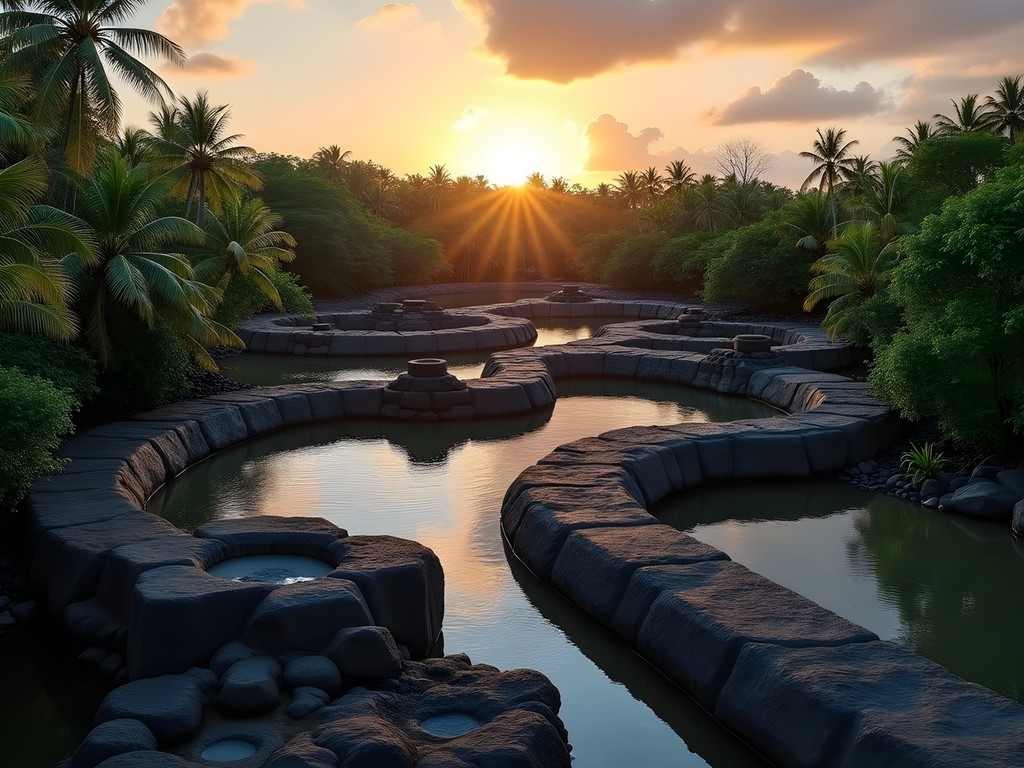
💡 Pro Tips
- Visit Nan Madol early morning (before 9am) to avoid both heat and tourist groups
- Hire a local guide from Palikir who understands the cultural significance—not just the historical facts
- Bring a small offering (I brought tobacco ties, as is my Mi'kmaq tradition) to show respect before entering sacred spaces
Traditional Healing Plants of Pohnpei
My EMT background has taught me that modern medicine works wonders, but my heritage reminds me that plants were our first pharmacy. Palikir and the surrounding Pohnpei jungle host one of the Pacific's most diverse pharmacopeias of medicinal flora, many still used by local healers to treat everything from infections to spiritual imbalances.
I spent three transformative days with Nita, a respected female healer who reminded me of my own grandmother in her no-nonsense approach to plant medicine. 'You touch people's bodies in emergencies,' she observed while showing me how to properly harvest sakau (kava) root. 'I teach people's bodies to heal themselves.'
The humid air in Nita's garden carried the complex aromas of dozens of medicinal plants—from the peppery bite of wild ginger used for respiratory infections to the citrus notes of leaves crushed to reduce fever. As we worked, she explained how traditional Micronesian healing doesn't separate physical, mental, and spiritual wellness—a holistic approach increasingly validated by modern integrative medicine.
What struck me most was how Nita's knowledge of plant interactions mirrored concepts we use in emergency pharmacology. When I mentioned how we carefully consider drug interactions, she nodded knowingly: 'Plants speak to each other inside the body. Some arguments are healing. Others are dangerous.'
During our walks, I documented dozens of plants with my waterproof notebook, which proved invaluable during sudden tropical downpours. The waterproof pages protected my notes and sketches—something I've learned to appreciate both in wilderness rescues and tropical explorations.
On my final evening with Nita, we prepared traditional sakau using ancient stone pounding techniques. The root's earthy, slightly numbing effect created a perfect backdrop for her stories of how these healing traditions survived Spanish colonization, Japanese occupation, and American administration—each threatening to erase Micronesian medical knowledge, yet each ultimately failing.
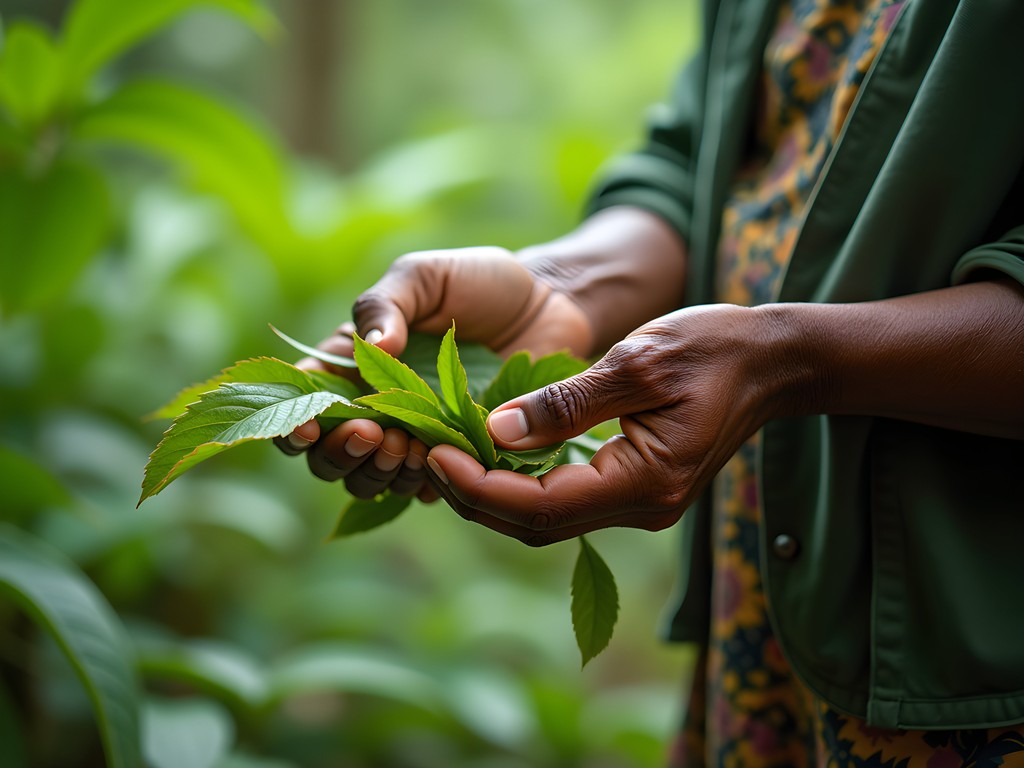
💡 Pro Tips
- Always ask permission before photographing or touching medicinal plants
- Bring small gifts for knowledge keepers—traditional tobacco or local equivalents are appropriate offerings
- Keep a separate journal specifically for plant information and healing practices
The Communal Feast: Food as Medicine
In my travels documenting food traditions near emergency rooms across North America, I've witnessed how communal eating creates healing spaces. In Palikir, this concept reaches its zenith during the traditional feast known as kamadipw—an experience that transformed my understanding of food as medicine.
Unlike the rushed meals between ambulance calls that defined my EMT career, kamadipw unfolds over hours. I was invited to participate in a feast celebrating a young man's recovery from illness—a perfect window into how Micronesian culture approaches wellness through community.
The preparation began two days before the actual feast, with women working together to harvest taro, breadfruit, yams, and coconuts while men caught fish from the surrounding waters. As an outsider welcomed into this process, I was assigned to help prepare the uht, a traditional coconut sauce that accompanies many dishes.
'When we prepare food together, we put our spirit into it,' explained Maria, a grandmother who patiently corrected my coconut grating technique. 'This is not just eating—it's medicine for the community.'
The feast itself unfolded on woven pandanus mats in a circular formation that reminded me of the sacred geometry I'd observed at Nan Madol. Elders were served first, then the recently recovered young man, followed by other community members in an order that reflected both respect and care.
What fascinated my medical mind was how the meal was structured to support health—starting with easily digestible coconut water and progressing through increasingly complex foods. Fish prepared with specific herbs was served at precise moments, creating what we might call in Western terms a 'time-released nutritional therapy.'
To document these traditions properly, I relied on my compact camera which allowed me to capture vivid food images in the challenging low light of the community feast house without disrupting the sacred atmosphere with flash photography. Its silent shooting mode proved invaluable during ceremonial moments when respect demanded minimal intrusion.
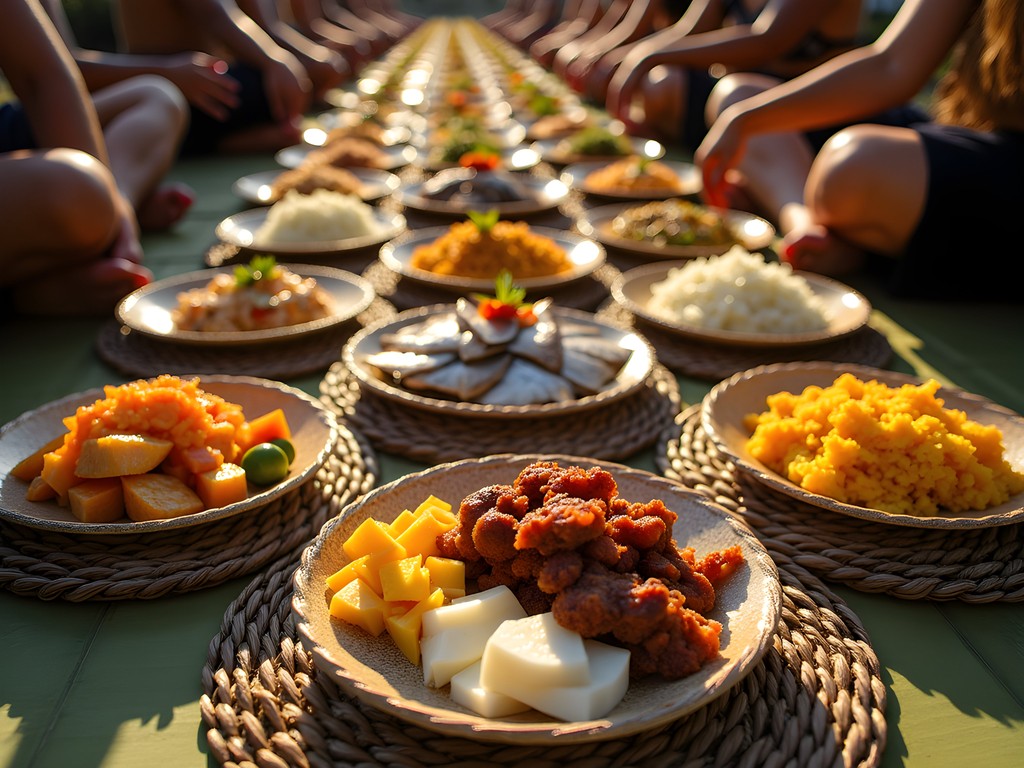
💡 Pro Tips
- Always bring a small food contribution when invited to a community meal
- Learn basic Pohnpeian food-related phrases to show respect to those preparing meals
- Follow the lead of locals regarding when to eat, how much to take, and appropriate mealtime conversation
Navigation by Stars: Ancient Wisdom for Modern Travelers
As someone who's relied on GPS coordinates for wilderness rescues, I was humbled by my time with Master Navigator Sesario on Palikir's eastern shores. Micronesian wayfinding—the traditional art of navigating vast ocean distances using only stars, currents, and wildlife patterns—represents one of humanity's most sophisticated knowledge systems.
'Your compass points north,' Sesario told me as we sat beneath the night sky. 'Our navigation holds the entire universe in balance.'
For three nights, I joined Sesario and his apprentices on the beach as they mapped star paths using only their hands and a mental framework passed down through generations. What medical professionals might call spatial cognition, these navigators experience as embodied knowledge—their bodies becoming living compasses calibrated to cosmic movements.
During daylight hours, Sesario taught me to read ocean swells, cloud formations, and bird flight patterns—all indicators that guided ancestors across thousands of miles of open Pacific without instruments. As an EMT trained to quickly assess vital signs, I recognized the similarity in how these navigators instantly process multiple environmental indicators to make life-or-death decisions.
The most profound moment came when Sesario explained the concept of etak—a mental framework that visualizes islands moving past the canoe rather than the canoe moving toward islands. This perspective shift creates reference points in seemingly featureless ocean expanses. It reminded me of how emergency responders create mental landmarks in chaotic scenes to maintain orientation.
On my final evening, I witnessed apprentices practicing in traditional outrigger canoes, making minute adjustments based on star positions. To properly document these nighttime navigation practices, my headlamp with its red light mode proved essential—allowing me to take notes without disrupting the navigators' night vision or the sacred atmosphere of their practice.
'Navigation is not just about finding islands,' Sesario told me as we watched the apprentices return. 'It's about finding your place in the universe.' In that moment, I understood how this ancient wisdom offers modern travelers something GPS never can—a profound connection to both earth and sky.

💡 Pro Tips
- Arrange star navigation lessons well in advance—the masters are few and their knowledge precious
- Bring red-filtered lights only for nighttime navigation sessions to protect everyone's night vision
- Learn basic constellations before arriving to better appreciate the sophisticated Micronesian star mapping system
Sustainable Tourism and Cultural Preservation
My professional life as an EMT has taught me that prevention is always better than treatment—a philosophy that applies equally to cultural preservation in vulnerable destinations like Palikir. With Micronesia increasingly threatened by both climate change and cultural erosion, responsible tourism becomes not just an ethical choice but a necessity.
I spent my final days in Palikir meeting with the Pohnpei Cultural Preservation Society, where Director Mihter explained their delicate balancing act: 'We need tourism dollars to preserve our traditions, but too many visitors without proper guidance can destroy what they come to see.'
The society has implemented an innovative system where visitors must participate in cultural education sessions before gaining access to sacred sites—a model I wish more destinations would adopt. These sessions cover appropriate behavior, photography restrictions, and the historical context needed to appreciate rather than merely consume Micronesian heritage.
What impressed me most was their apprenticeship program, where tourism revenue directly funds young Micronesians to study with elders in traditional navigation, healing, weaving, and food preparation. It's a sustainable cycle where tourism, when properly managed, actually strengthens rather than diminishes cultural knowledge.
'Many visitors want authentic experiences,' Mihter told me, 'but authentic doesn't mean unchanged. Our traditions have always evolved while keeping their core intact.'
This resonated deeply with my own journey as someone of mixed heritage navigating the preservation of Mi'kmaq traditions in a modern context. Cultural preservation isn't about freezing traditions in amber—it's about ensuring they continue to live and breathe through new generations.
Before departing, I participated in a beach cleanup organized by local youth who explained how traditional conservation practices are being revitalized to address modern environmental challenges. Their integration of ancient stewardship principles with contemporary conservation science offered a powerful model for sustainable development that honors rather than erases indigenous wisdom.
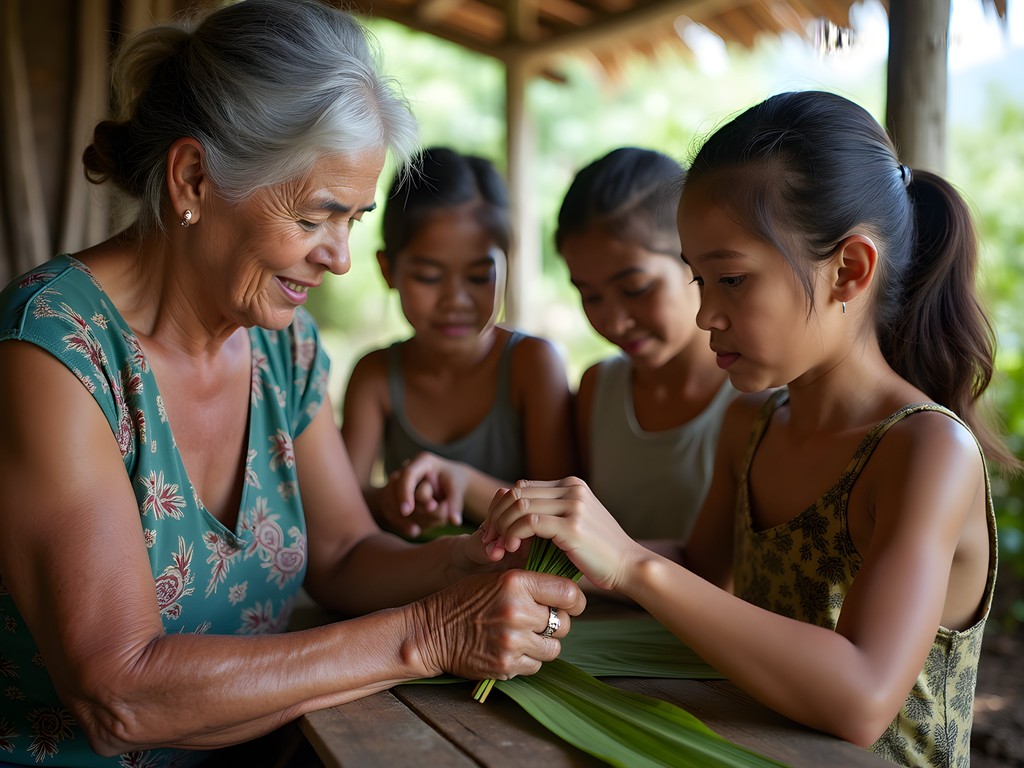
💡 Pro Tips
- Always book cultural experiences through organizations that directly benefit local communities
- Budget for proper compensation when learning from knowledge keepers—cultural wisdom has value
- Consider carbon offsetting your flight to Micronesia through local reef restoration projects
Final Thoughts
As my small plane lifted off from Pohnpei's runway, carrying me back toward the interconnected world of emergency rooms and urban rhythms, I found myself changed in ways that transcend the typical travel experience. Palikir offered me not just cultural immersion but a profound reconnection to healing wisdom that echoes what my Mi'kmaq ancestors have always known—that wellness emerges from balanced relationships between people, plants, and places. For travelers willing to approach Micronesia with humility and genuine curiosity, these islands offer more than picturesque beaches and mysterious ruins; they provide a living laboratory where ancient wisdom continues to evolve solutions to contemporary challenges. The sacred geometry of Nan Madol, the plant knowledge of healers like Nita, the communal healing of kamadipw feasts, and the cosmic orientation of star navigators—these aren't relics of a vanishing past but vital knowledge systems with profound relevance to our shared future. I invite you to journey to Palikir not as a consumer of culture but as a student of wisdom that might just help us all navigate the uncertain waters ahead.
✨ Key Takeaways
- Approach Micronesian cultural experiences with respect and a willingness to learn rather than just observe
- Support organizations that directly connect tourism revenue to cultural preservation efforts
- Allow sufficient time (minimum two weeks) for meaningful connections to develop with knowledge keepers
- Recognize that traditional wisdom offers valuable perspectives on contemporary challenges from climate change to wellness
📋 Practical Information
Best Time to Visit
December through April (dry season)
Budget Estimate
$150-200/day including accommodations, guides, and cultural experiences
Recommended Duration
Minimum of 2 weeks for meaningful cultural immersion
Difficulty Level
Challenging

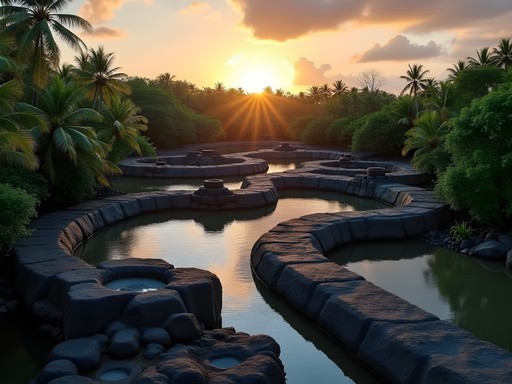
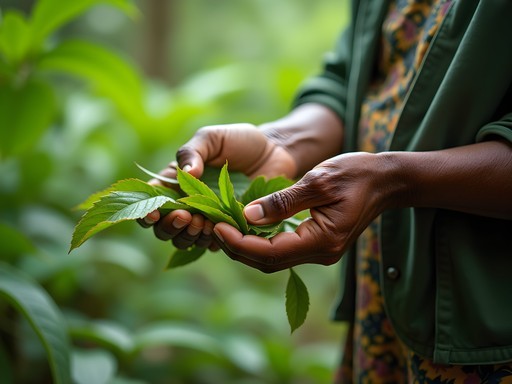

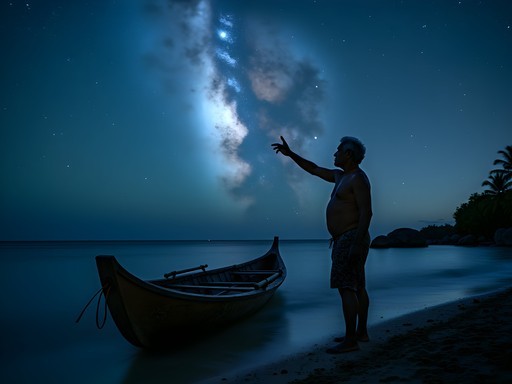



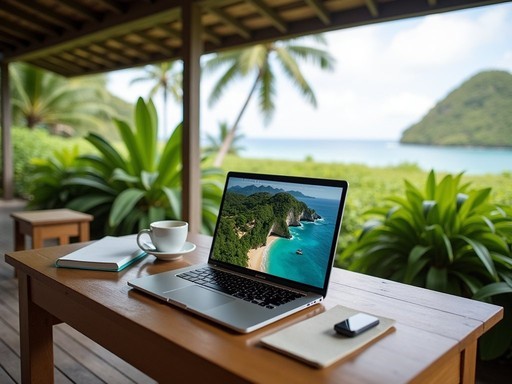






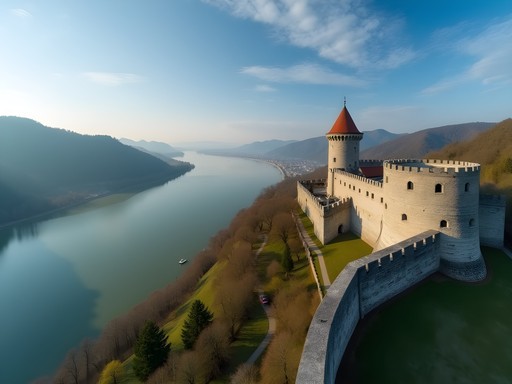
Comments
Taylor Moreau
Excellent coverage of Palikir's cultural heritage, Sage. I particularly appreciated your section on traditional healing plants. During my visits to Micronesia for trade conferences, I've noticed how the knowledge of medicinal plants is being preserved despite modernization pressures. I'd add that visitors should consider bringing a waterproof field guide if they're interested in documenting these plants - the humidity can destroy regular paper quickly. The communal feast experience you described mirrors my own - there's something profoundly connecting about sharing food prepared with such intention. Did you have the opportunity to learn any of the traditional navigation techniques firsthand?
springpro
I'm curious about this too! The star navigation part sounded amazing but complicated.
springpro
Wow, those Nan Madol ruins look incredible! Never even heard of them before this post. Adding Micronesia to my bucket list now!
Taylor Moreau
They're quite remarkable. Often called the 'Venice of the Pacific' - I visited during a business trip to the region in 2022. The engineering is astounding considering when they were built.
springpro
That's so cool! Did you need a special guide to visit or can you just show up?
Taylor Moreau
I'd recommend arranging a local guide - they provide cultural context you'd otherwise miss. The site is quite spread out across multiple islets.
happydiver
Just booked my trip to Micronesia for next spring after reading this!!! SO EXCITED to experience the traditional feast you described. Did you try the sakau drink? I've heard it's an experience!
Sage Dixon
That's fantastic! Yes, I did try sakau - it's definitely an acquired taste with an earthy, peppery flavor and slightly numbing effect. Just remember it's a ceremonial drink with proper protocols around its consumption. Respect the traditions and you'll have an incredible experience!
happydiver
Thanks for the heads up! Will definitely be respectful. Can't wait!
exploreblogger
OMG I'm obsessed with this post!!! 😍 The way you described the traditional healing plants has me TOTALLY wanting to experience this! I've been researching Micronesia for months and your post is the BEST resource I've found! For anyone planning to visit, don't forget to pack a good waterproof bag since it rains a lot and you'll want to protect your gear when visiting Nan Madol (those canals!). Sage, did you try the fermented sakau drink during the communal feast? Was it as intense as people say? Can't wait to read more of your adventures!!!
islandwanderer
The sakau is definitely an acquired taste! Made my tongue numb for hours, but it's such an important cultural experience. Just sip slowly!
Marco Suzuki
Sage, your writing captures the spiritual essence of Pohnpei beautifully. The Sacred Geometry section particularly resonated with me as I spent three days documenting Nan Madol last year. What fascinates me is how little mainstream attention this incredible site receives despite being arguably as impressive as Easter Island or Machu Picchu. The engineering required to move those massive basalt logs remains perplexing to modern scientists. I'm curious - during your conversations with locals, did anyone share stories about how they believe those massive structures were actually built? The oral histories sometimes contain insights that academic research misses. Also, did you manage to witness any traditional navigation training? I tried to arrange this but wasn't successful during my visit.
Sage Dixon
Marco, you're absolutely right about Nan Madol deserving more recognition! Regarding construction theories, I heard fascinating stories involving levitation through spiritual practices. While archaeologists focus on rafts and leverage systems, some elders maintain that ancient chiefs could make the stones 'float' through spiritual power. As for navigation training, I was fortunate to meet with a navigator on my last day who demonstrated star compass concepts, but formal training sessions are quite protected. Building relationships over multiple visits seems key to accessing deeper teachings.
escapeguy
How difficult was it to get to Palikir? Looking at flights and they seem complicated.
Marco Suzuki
Not Sage, but I can tell you it's definitely a journey! When I went, I flew to Guam first, then took United's Island Hopper. It stops at several islands before reaching Pohnpei. Time-consuming but actually part of the adventure. I recommend bringing a good travel pillow for those island-hopping flights.
escapeguy
Thanks Marco! Good to know about the Island Hopper. How many days would you recommend staying to make the journey worthwhile?
Marco Suzuki
I'd say minimum 5 days, but ideally 7-10 if you want to explore Pohnpei properly. Nan Madol alone deserves a full day!
Sarah Powell
What a thoughtful exploration of Micronesian heritage, Sage. I visited Pohnpei last year and was similarly moved by the deep connection between people and place. The section on traditional healing plants particularly resonated - I spent time with a local healer who showed me how they use noni fruit preparations for various ailments. Did you find that younger Micronesians are still learning these traditional practices? I noticed some generational differences in who was maintaining this knowledge. Also, the navigation techniques section was fascinating - it's remarkable how these wayfinding traditions have survived despite modern technology.
Sage Dixon
Great observation about the generational divide, Sarah. I did notice some knowledge preservation programs where elders were teaching younger people, but there's definitely concern about losing these traditions. Several schools are now incorporating traditional knowledge into their curriculum, which seems promising.
coffeestar
Did you need special permission to visit Nan Madol? I've heard it's protected now.
Sage Dixon
Good question! Yes, you need to get permission from the Nahnmwarki (local chief) of the area and pay a small fee. It's worth arranging through a local guide who understands the protocols.
coffeestar
Thanks for the tip! Will definitely look into hiring a local guide.
nomadlegend
Wow, Micronesia has been on my bucket list forever! Your description of Nan Madol gives me chills.
Sage Dixon
Thanks! Nan Madol truly is otherworldly - hope you make it there soon!
luckystar
Is it easy to find vegetarian food there? Planning a trip but worried about food options!
Haley Hamilton
It can be challenging but not impossible! Lots of taro, breadfruit, and coconut dishes. Just be clear about your needs with hosts. The fruit is amazing too - some of the freshest I've ever had!
Venture X
Premium card with 2X miles, $300 travel credit, Priority Pass